The first of March the seed potatoes went from the well house which is our root cellar – cool and damp – into the Hippy Hot Hut for chitting . Some folks call it greening or sprouting. It is having the tates do on purpose what you usually don’t want them to do, sprout.
Last Tuesday, after the onions went in, into the chilly ground they went. A bit late according to the calendar but things are coming on a bit late according to the calendar this year – one very chilly wet spring.
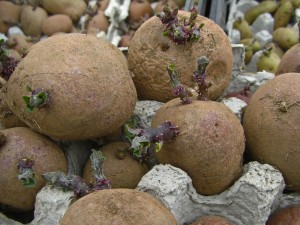 Some had chitted well and had good sized sprouts, others needed more time. I should have pulled some out of the root cellar sooner so that they would have had more time to break dormancy. Next year I will also put them up a little higher off the ground, an empty harvest box under them as well as the empty ones I put over them to protect them from my Hippy Hot Hut visitors (the Rat Terriers liked to walk on them instead of the watery aisle). The extra harvest crate underneth should increase the warmth and help them break dormancy and chit faster.
Some had chitted well and had good sized sprouts, others needed more time. I should have pulled some out of the root cellar sooner so that they would have had more time to break dormancy. Next year I will also put them up a little higher off the ground, an empty harvest box under them as well as the empty ones I put over them to protect them from my Hippy Hot Hut visitors (the Rat Terriers liked to walk on them instead of the watery aisle). The extra harvest crate underneth should increase the warmth and help them break dormancy and chit faster.
Chitting gives them a head start on growing, going straight into cold soil could take a while, it’s like soakin’ peas or starting pansies inside. But you want the head start to be a good head start, the sprouts need to head in the right direction and stay that way. Carefully placing them in old egg cartons really helps. Often you can see which way is up and that’s good, but mostly once they start going in a certain direction you don’t want to make them do a u-turn.
You especially don’t want them to have the long gangly sprouts that they get when they are under your sink. Instead, the prime goal of chitting is to have just a few really nice thick stout stems. This requires that they not only be warm but have some light as well. The light causes the potatoes to turn green and yes, that is bad when you’re going to eat the potato (it’s actually toxic) but not when you’re planting them. The tater that turns green, the seed potato, will eventually rot away (or nearly) during the growing season.
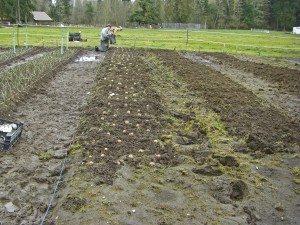 Over the years we have found that we get the best production in the food gardens with four foot wide beds with at least two foot wide paths. The beds are not walked on at all and the various vegetables can tolerate much closer spacings than in regular gardens. We pretty much use the “in the row spacing” all the way around the plant and sometimes closer depending on the specie and variety.
Over the years we have found that we get the best production in the food gardens with four foot wide beds with at least two foot wide paths. The beds are not walked on at all and the various vegetables can tolerate much closer spacings than in regular gardens. We pretty much use the “in the row spacing” all the way around the plant and sometimes closer depending on the specie and variety.
Potatoes are some of those exceptions, last year when we went back to the recommended “in row spacing” we had similar yield per plant as always but with a lot of empty space between the cluster of potatoes.
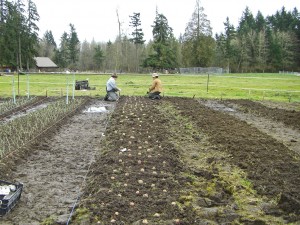 We’ve gone back to a hand span apart on all sides and within three four inches of the edge. You can see where the potatoes have been laid out on the bed, because of the unevenness of the soil it may look like some of them are closer together but all are approximately a Lanny-handspan apart from each other. In a four foot wide bed with approximately a three and a half foot surface one row across the bed will have three and the next will have two. The rows aren’t a hand span from each other the tubers are. It sorta looks like the spots on a die on the five side.
We’ve gone back to a hand span apart on all sides and within three four inches of the edge. You can see where the potatoes have been laid out on the bed, because of the unevenness of the soil it may look like some of them are closer together but all are approximately a Lanny-handspan apart from each other. In a four foot wide bed with approximately a three and a half foot surface one row across the bed will have three and the next will have two. The rows aren’t a hand span from each other the tubers are. It sorta looks like the spots on a die on the five side.
You may notice that some of the paths are quite wide and some are about two feet. Out in our Market Garden we designed it so that a large wagon can pass each bed on at least one side. But not every path needed to be that wide. This ended up putting the beds in pairs which has also worked out great in planning and putting up high tunnels over two beds at a time.
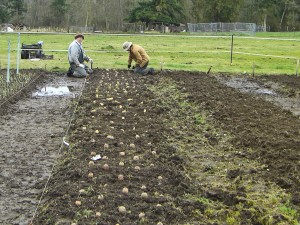 You may even notice that the two foot path between potato beds isn’t as well dug out and established as it is between the onion rows in the previous post. We did that on purpose, the soil from the two foot path area will go on the potato plants as they grow.
You may even notice that the two foot path between potato beds isn’t as well dug out and established as it is between the onion rows in the previous post. We did that on purpose, the soil from the two foot path area will go on the potato plants as they grow.
For those new to gardening, or at least potato gardening, potatoes produce tubers on the stems that rise from the seed potato not from the roots that go below it.
If you just planted the potato and left it at that you would have a very scanty yield and a good many of your spuds would be green from growing out of the surface of the soil. And that isn’t good. Neither the poor yield nor the toxic green taters is what you’re aiming for.
You deal with both by continually heaping dirt- er, uh soil, around the potato plant as it grows. You can even supplement with other materials besides soil because the plant isn’t drawing the nutrition from this portion of the growing area. But you have to be careful that the material that you use isn’t too loose.
Too loose and the plants don’t feel secure enough to produce spuds on the stems and/or what they do produce is exposed to light and turn green (remember, green potato is toxic). Old chopped hay and straw, but not manure soaked, can be a good material, of course if you have gorgeous compost or nearly compost that is great. (Too much manure and the plants produce a great crop of leaves and not much else.)
Here at VF&G we will use the soil in the two foot path and other materials. We have in years past used the hog fuel that the highway crews make, but you can only use it on highly resistant to scab varieties as some wood chips can lower a taters resistance. And scab is ugly.
The beds that have previously been potato beds are some of the best garden beds, full and rich with humus. Potato production is how some gardens here at VF&G were built twenty-five years ago. They produced a lot of potatoes, but then, we love potatoes! Must be the Irish-German (Lanny) and Swedish-Irish (Dirt) heritage.
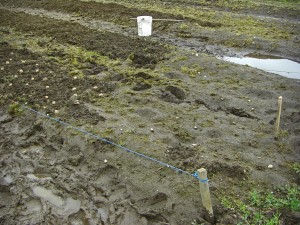 You know, they say (the they that know everything) that a person can live off of potatoes and milk alone. I think I could for a week, then I would need to move to Florida and chain myself to a grapefruit tree! (Taters and cream are quite inflammatory as far as foods go.)
You know, they say (the they that know everything) that a person can live off of potatoes and milk alone. I think I could for a week, then I would need to move to Florida and chain myself to a grapefruit tree! (Taters and cream are quite inflammatory as far as foods go.)

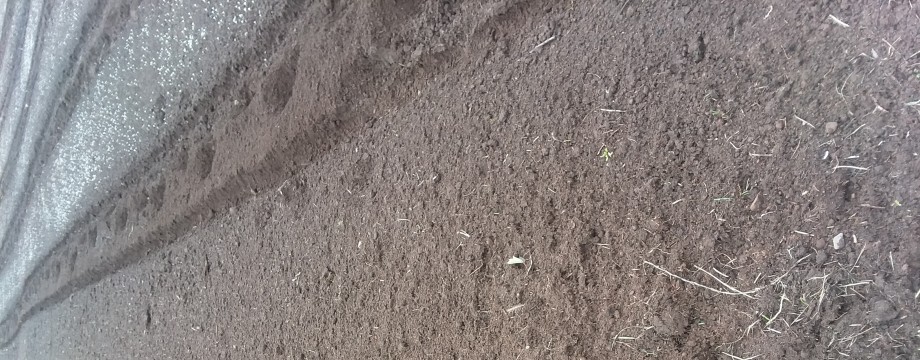
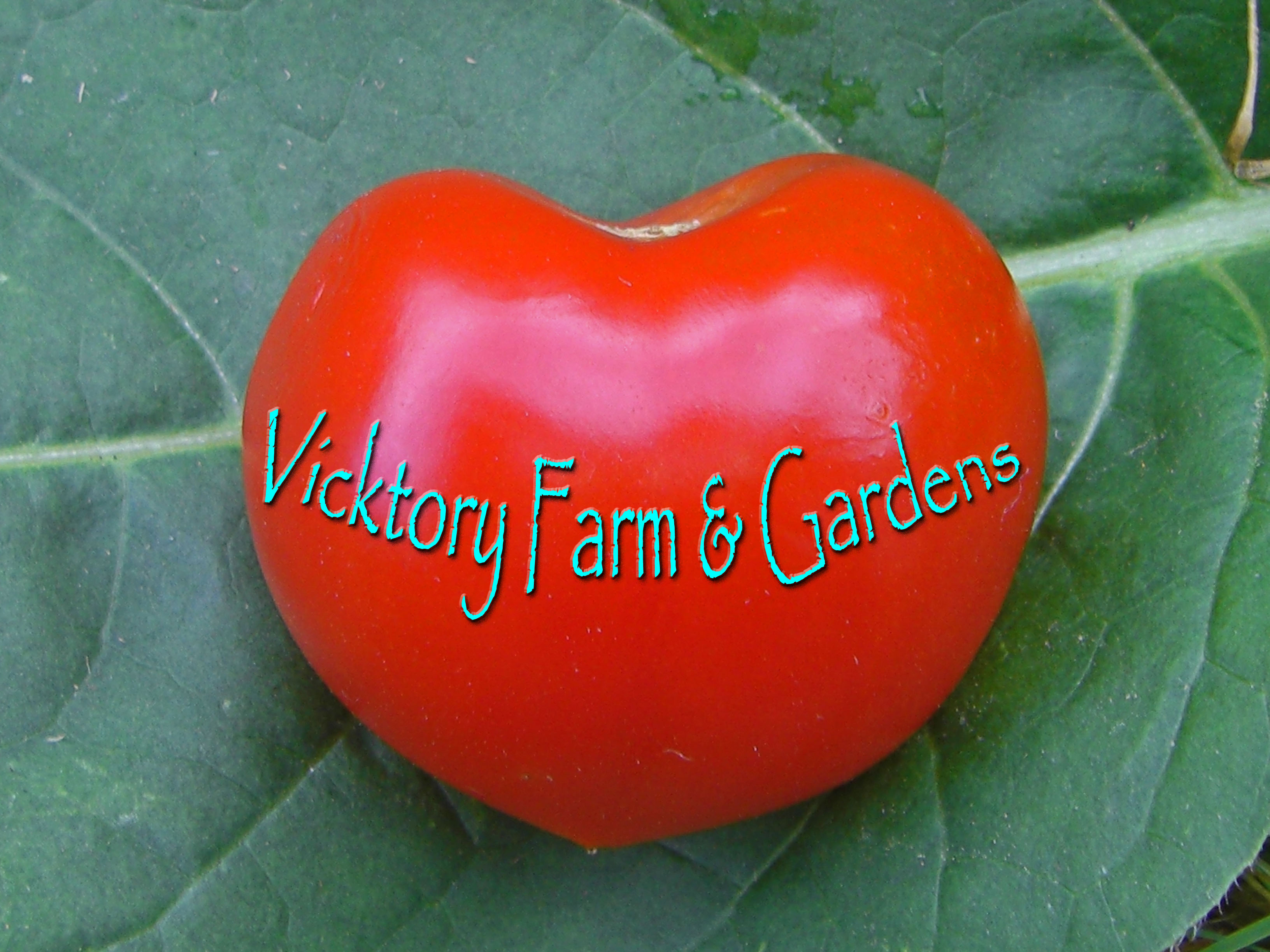
i’ll tell you what, potato planting, digging, and eating is pretty much my fav part of gardening!! waaaaayyyyy to early for that in ohio though! and too wet!
Such a wet spring – your tater explanation is quite thorough and down here in make-do land – plenty of people plant potatoes in small amount of soil in circled by old tires (not healthy) or barrels – then shovel in sand as the plants grows – I don’t do that because I’m too lazy but I see it done! -Love of potatoes is a good thing
funny i should read this right now, i have a bag of potatoes on the stove right now cooking for some tater salad! sarge wants it.
smiles, bee
xoxoxooxox
I love taters to ( red ones)..anyway you cook them I will eat them..I could live on them alone. When I was little often that is what we had..potatoes and butter for supper.
I always pitch the green ones..I know they are toxic…thanks for the tater tutorial..city folks could learn much from you!
I love potatoes too. Neat post, Lanny. Very interesting and I learned a few things. I doubt I’ll ever plant potatoes of my own, but I appreciate folks like you who grow them for me. 😀